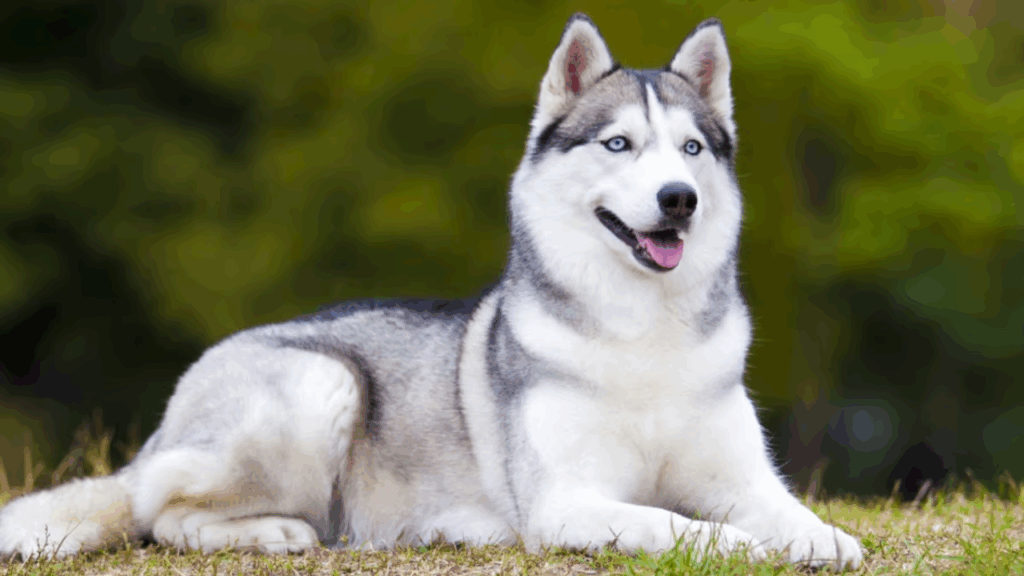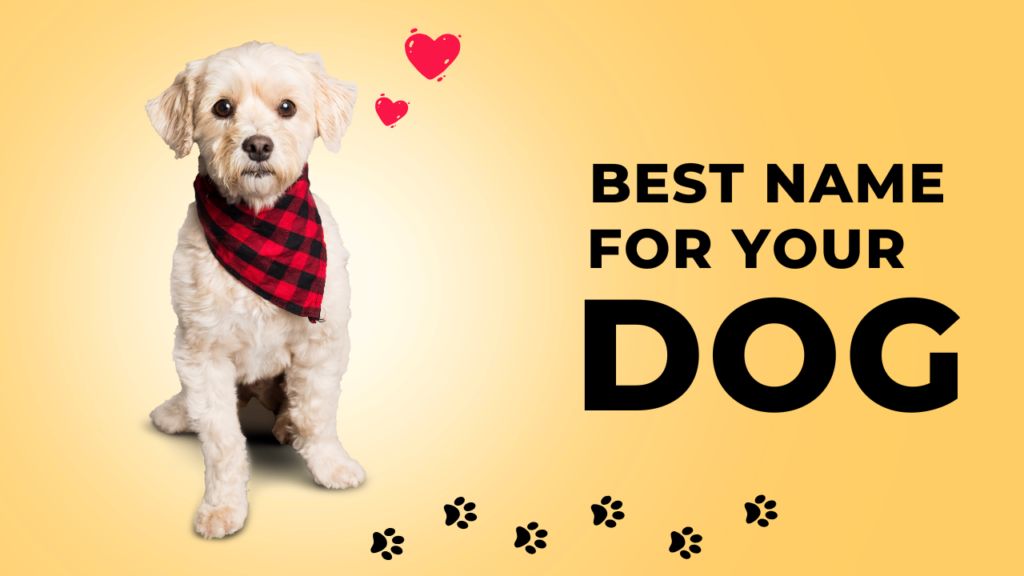The Siberian Husky is one of the most recognizable and beloved dog breeds in the world. Known for its striking appearance, boundless energy, and independent spirit, the Husky is a dog that has captured the hearts of dog enthusiasts, particularly those who appreciate an active and engaging companion. Originally bred as sled dogs in the harsh, icy conditions of Siberia, these canines are both stunning and strong, built to withstand extreme cold and to run for miles.
Origins and History
The Siberian Husky was originally developed by the Chukchi people of Siberia in the early 20th century. Their primary purpose was to pull sleds across vast distances in extremely cold environments. These working dogs were bred for endurance, speed, and resilience, helping the Chukchi people transport goods over snow-covered terrain. Unlike other sled dogs, the Siberian Husky was designed to work in teams and travel long distances at moderate speeds, often covering up to 100 miles per day.
The breed gained international recognition when it was used in the 1925 serum run to Nome, Alaska, also known as the “Great Race of Mercy.” During this event, sled dog teams, including many Siberian Huskies, delivered life-saving diphtheria antitoxin to the remote town of Nome, which had been cut off due to a severe winter storm. The heroics of the sled dog teams during the serum run helped to solidify the Husky’s reputation as a reliable working dog.
Appearance
The Siberian Husky is a medium-sized working dog known for its wolf-like appearance. With a striking double coat, erect triangular ears, and piercing eyes, the breed exudes a sense of strength and elegance. The Husky’s graceful and athletic build makes it a true powerhouse in terms of endurance and stamina.
Key physical characteristics include:
- Size: Adult Huskies typically stand between 20 to 24 inches tall at the shoulder, with males weighing between 45 to 60 pounds and females weighing 35 to 50 pounds.
- Coat: The Husky has a double-layered coat designed to protect it from harsh Arctic temperatures. The outer coat is thick and dense, while the undercoat is soft and insulating. Coat colors can vary widely, from pure white to black and shades of gray, with many Huskies sporting unique patterns and markings.
- Eyes: Perhaps the most iconic feature of the breed is its eyes, which can be blue, brown, or even one of each (known as heterochromia).
- Tail: The Husky’s tail is thick and coated, curling over the dog’s back when it’s excited or active, adding to its overall elegance.
The Siberian Husky’s striking looks and athletic build make it one of the most admired breeds in the world.
Temperament and Personality
The Siberian Husky is renowned for its friendly and outgoing nature. Unlike some guard dog breeds, Huskies are typically not aggressive and tend to get along well with people and other animals. However, their independent and playful personality can sometimes make them challenging for first-time dog owners.
Temperament traits include:
- Friendly and sociable: Huskies are known for their gentle demeanor. They are not particularly aggressive and tend to form strong bonds with their family. They’re especially good with children and make excellent family pets.
- Independent and strong-willed: Huskies are not as eager to please as some other breeds. They have a strong sense of independence and may be more difficult to train without consistent and patient leadership.
- Energetic and playful: This breed has boundless energy and loves to play. They require plenty of exercise, such as long walks, runs, or playtime in a secure yard. A bored Husky can quickly become destructive.
- Vocal and expressive: Huskies are known to be talkative, often “talking” to their owners with a variety of vocalizations such as howls, whines, and even “talking” noises. This trait adds to their playful and communicative nature.
While the Husky’s social nature makes it a wonderful family companion, potential owners should be prepared for the breed’s high energy levels and independent streak.
Training and Intelligence
Siberian Huskies are intelligent dogs, but their independent nature can make them somewhat stubborn when it comes to training. Unlike more obedient breeds, Huskies are known to think for themselves and may not always follow commands right away. Early socialization and consistent, positive reinforcement are key to a well-behaved Husky.
Training tips include:
- Patience and consistency: Huskies thrive on positive reinforcement. Avoid harsh training techniques, as they can be counterproductive. Instead, use treats, praise, and toys to motivate them.
- Early socialization: Exposing a Husky to various people, animals, and environments at an early age is important to ensure it grows up to be well-adjusted and confident.
- Focus on mental stimulation: Huskies are highly intelligent and need tasks that engage their minds. Puzzle toys and obedience training can help provide the mental stimulation they crave.
- Leash training: Given their prey drive, Huskies can be prone to chasing small animals. Proper leash training is essential for safety, as Huskies may run off if not securely leashed.
Exercise Needs
The Siberian Husky is a high-energy breed that requires a significant amount of daily exercise. Due to its heritage as a sled dog, it is built for endurance and needs both physical and mental stimulation. Without enough exercise, a Husky can become restless, anxious, and even destructive.
Exercise recommendations:
- Daily long walks or runs, with time off-leash in a secure, fenced-in area for the Husky to run and explore.
- Engaging activities, such as fetch or agility training, to keep the Husky physically and mentally stimulated.
- Access to a large, secure yard where the Husky can safely expend energy, especially for owners who live in an apartment or urban environment.
Huskies enjoy cold weather and thrive in cooler climates. In hot climates, special care should be taken to avoid overheating during exercise.
Health and Lifespan
Siberian Huskies are generally a healthy breed, with an average lifespan of 12 to 15 years. Like all breeds, they are prone to certain health conditions, though they are typically a hardy and robust breed. Health concerns that may affect Huskies include:
- Hip dysplasia: A genetic condition where the hip joint doesn’t develop properly, leading to arthritis or pain.
- Eye problems: Huskies are susceptible to conditions like cataracts and progressive retinal atrophy (PRA).
- Hypothyroidism: A condition where the thyroid doesn’t produce enough hormones, leading to weight gain and lethargy.
- Epilepsy: A neurological condition that can cause seizures.
Routine veterinary checkups, a balanced diet, and plenty of exercise can help ensure a long and healthy life for your Siberian Husky.
Is the Siberian Husky Right for You?
The Siberian Husky is an ideal companion for active families or individuals who are prepared for the physical demands of the breed. If you lead an outdoor lifestyle, enjoy running or hiking, and have the time and space to meet the Husky’s exercise needs, this breed can make a wonderful addition to your family. However, if you’re a first-time dog owner or cannot commit to its exercise requirements, the Husky may not be the best fit.In return, the Siberian Husky will reward you with loyalty, affection, and unmatched energy that will keep you active and engaged for years to come.

Andy Parker is a dog lover, writer, and senior editor at BarkPicks. With years of experience covering canine health, training, and gear, he helps pet parents make smarter choices for happier, healthier dogs. Andy shares his home (and heart) with two rescue pups, Charlie and Mia.



